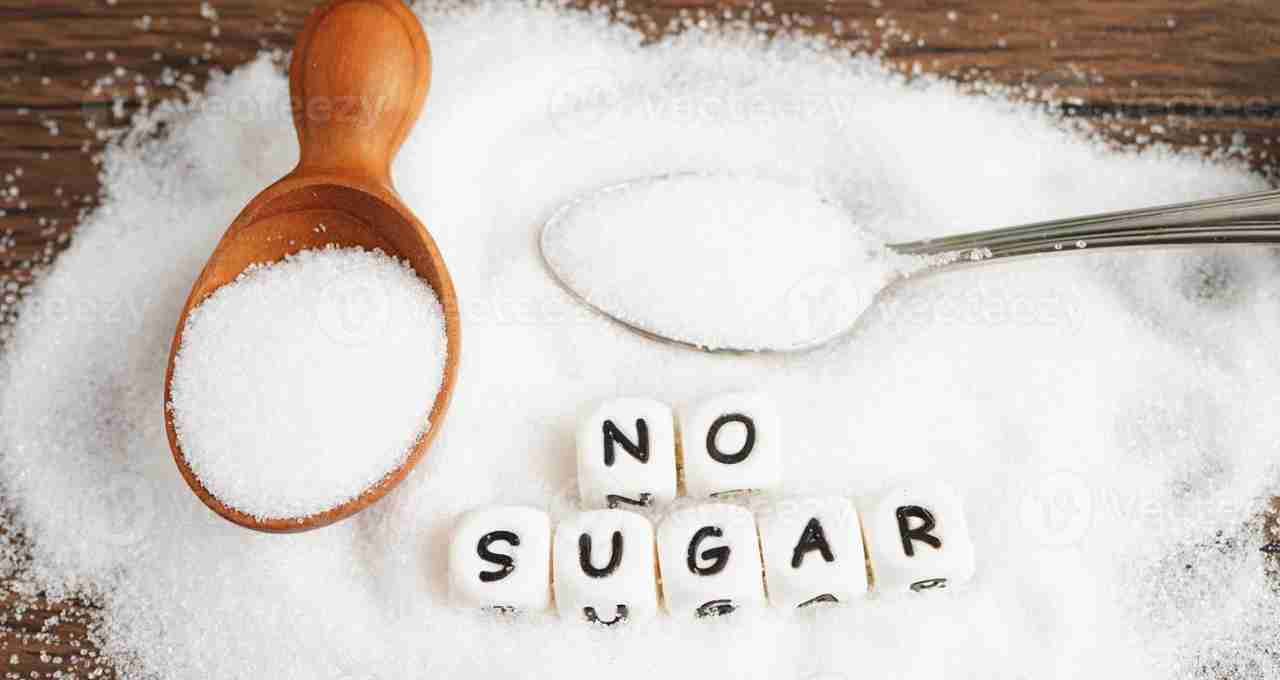Many food products today boast labels like ‘No-Added Sugar’ and ‘Sugar-Free.’ While often perceived as interchangeable, these labels signify crucial differences. This article clarifies the meaning of each term, the underlying scientific rationale, and which option best suits different needs.
What is ‘No-Added Sugar’?
‘No-Added Sugar’ indicates that no extra sugar or sweetener has been added to the product. Crucially, this doesn't mean the product is entirely sugar-free. Many foods naturally contain sugars, such as fructose in fruits and lactose in milk and dairy products.
For example, a fruit juice labeled ‘No-Added Sugar’ contains the fruit's natural sweetness but no added sugar or artificial sweeteners. Such products are generally considered healthier as they reduce added sugar intake.

From a food science perspective, naturally occurring sugars, while still carbohydrates providing energy, differ from added sugars. Added sugars often contain more calories and are associated with greater health risks.
Meaning of ‘Sugar-Free’
‘Sugar-Free’ products contain negligible or no sugar. These products contain neither natural sugars nor added sugars. Sweetness is achieved using artificial or natural sweeteners like stevia, sucralose, or other non-sugar sweeteners.
This option is particularly suitable for individuals with diabetes or other health conditions requiring restricted sugar intake. These sweeteners don't significantly impact blood sugar levels and are generally lower in calories.
Key Differences
| Aspect | No Added Sugar | Sugar-Free |
| Added Sugar | None added | Completely absent |
| Natural Sugar | May be present | Absent |
| Sweetness Source | Natural sugars | Artificial sweeteners |
| Suitability | General population | Diabetics and those managing sugar intake |
Which Option to Choose?
The best choice depends on your health status, lifestyle, and dietary needs. If you generally wish to reduce sugar intake without compromising taste significantly, ‘No-Added Sugar’ products are preferable. They avoid added sugars while retaining natural sweetness.
However, if you have diabetes or are aiming to reduce calories, ‘Sugar-Free’ options are more appropriate. These provide sweetness without sugar, helping to manage blood sugar levels.
Expert Advice
Nutritionists emphasize the importance of understanding food labels. ‘No-Added Sugar’ does not equate to completely sugar-free. For strict sugar control, ‘Sugar-Free’ is a better choice.
Ultimately, all sweetness – natural or artificial – should be consumed in moderation. Excessive sweetness can lead to health complications like obesity and heart disease. A balanced and controlled diet remains the most effective approach.
Understanding the difference between ‘No-Added Sugar’ and ‘Sugar-Free’ labels is crucial for making informed health choices. ‘No-Added Sugar’ products contain natural sweetness without added sugar, while ‘Sugar-Free’ products are entirely sugar-free, using sweeteners for sweetness.
Choose wisely based on your health and dietary needs. Carefully read product labels and make decisions accordingly. This will benefit your overall health.












